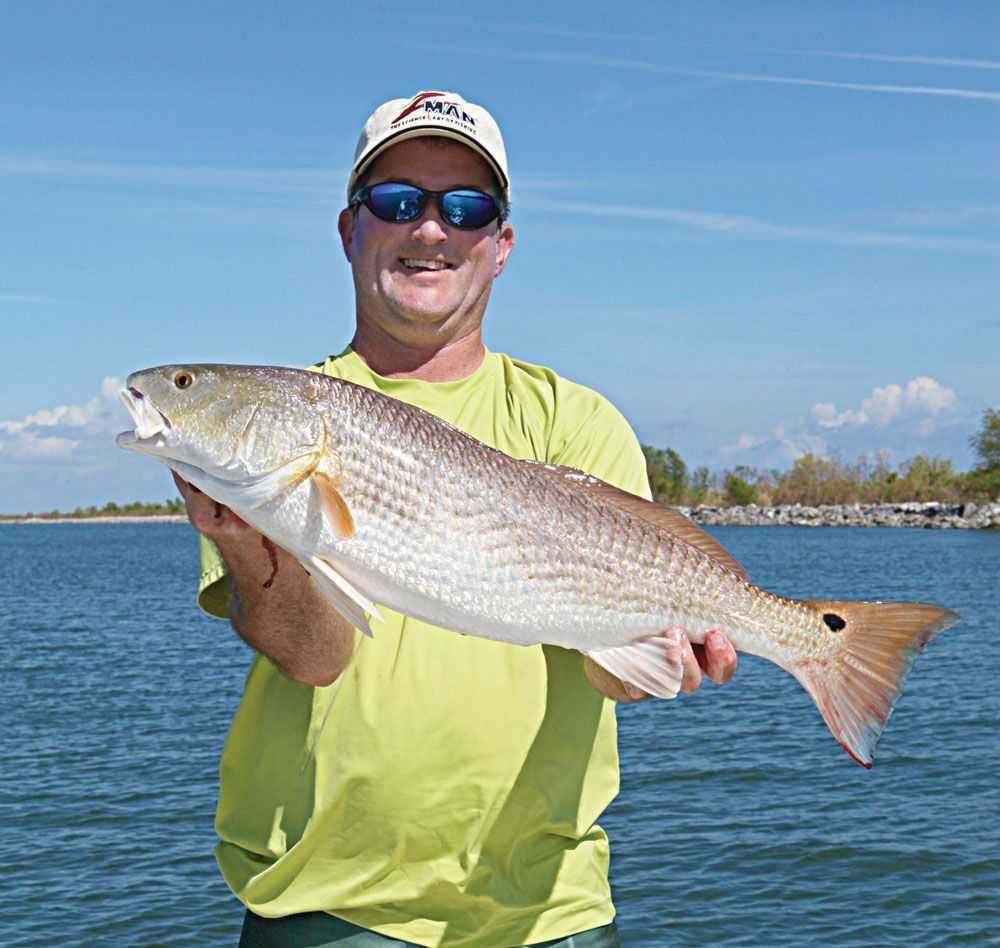Vanishing Paradise
On the water’s surface, the effects of the 2010 Gulf oil spill seem to be over. Most of the remaining oil has washed away, somewhat forgotten–at least until a 40,000-pound tar mat of oil is discovered, like the one off the coast of Grand Terre, La. in 2013. Then we all remember what our Gulf looked like during the spill.
More than four years later, after facing water closures and stigmas against our seafood, much of the Gulf’s fishing is back to its booming pre-spill status. And that’s a great thing. Our way of life is so intertwined with our natural resources that when we restore our habitats, we restore our economy.
The next hurdle we face is ensuring that oil spill fines are used to restore the habitats that the spill damaged, and not spent on unrelated projects. The voices of anglers from across the Gulf will be key to making that happen. Recreational, commercial, saltwater and freshwater fishermen—we must all be watchful as restoration projects are selected and funded.
The RESTORE Act of 2012 ensures 80 percent of oil spill fines will be spent on restoring the habitats of the Gulf that were damaged. Some $376.5 million from settled oil spill-related legal cases currently waits in the RESTORE Act trust fund, with potentially billions of dollars more tied up in other legal proceedings. Still, scientific studies continue to show the harmful impacts linked to the oil spill. We may not fully understand the scope of damage for years to come.
Our vital fish and wildlife habitat–and therefore our fishing heritage–is in jeopardy. Gulf anglers must get involved.
[easy-social-share]
